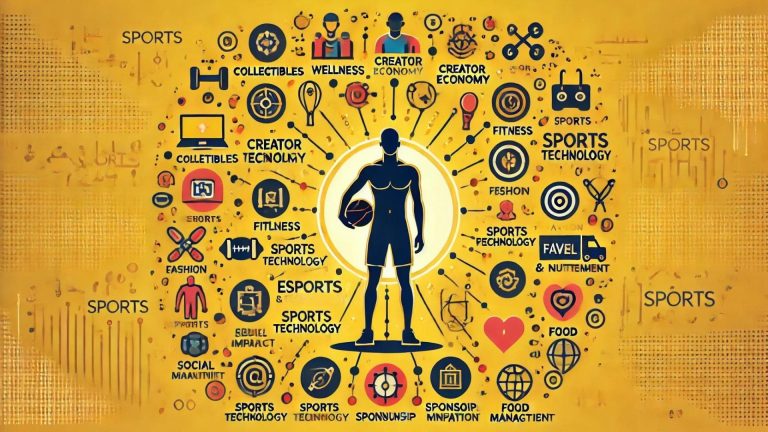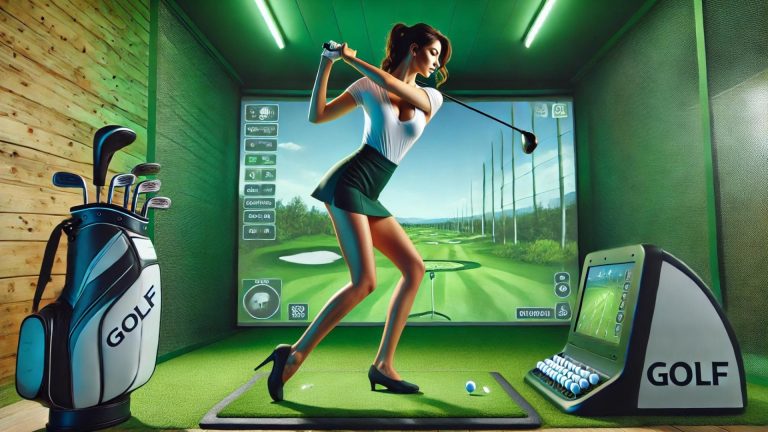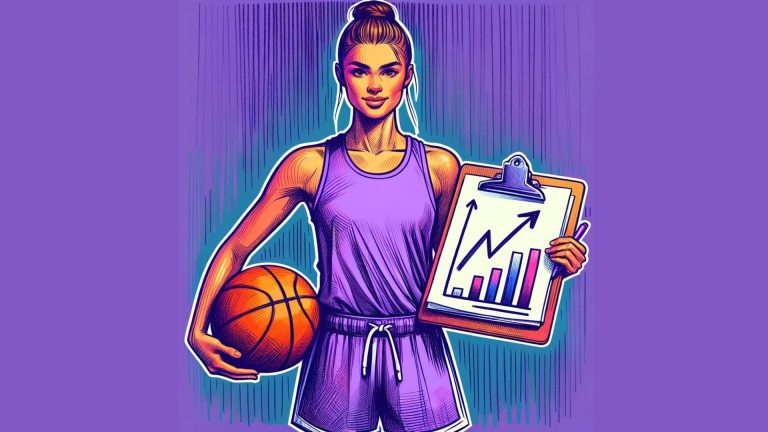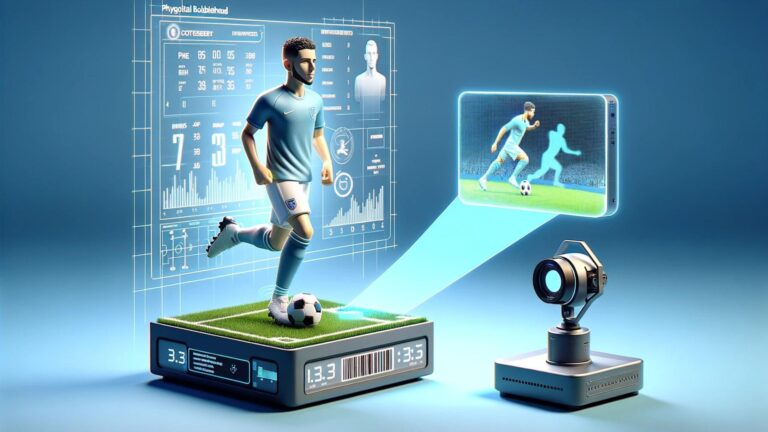Today’s wearable sports technology market is on the rise.
Forbes says that it doubled from 2019 to 2022 to become a $27 billion market.
But it’s funny to me…
Because I hated everything about them while I was playing at Boston University.
And sometimes I wonder if having all this biometric data is more detrimental than helpful…
Let’s Dive In 👇
History of “Smart” Wearables
First, let’s go through a quick summary of how wearables came to be…
Wristwatches are surprisingly only 200 years old — with the first ones being created in the 1800s (and worn almost entirely by females).
The 1st “smart watches” appeared 20 years ago:
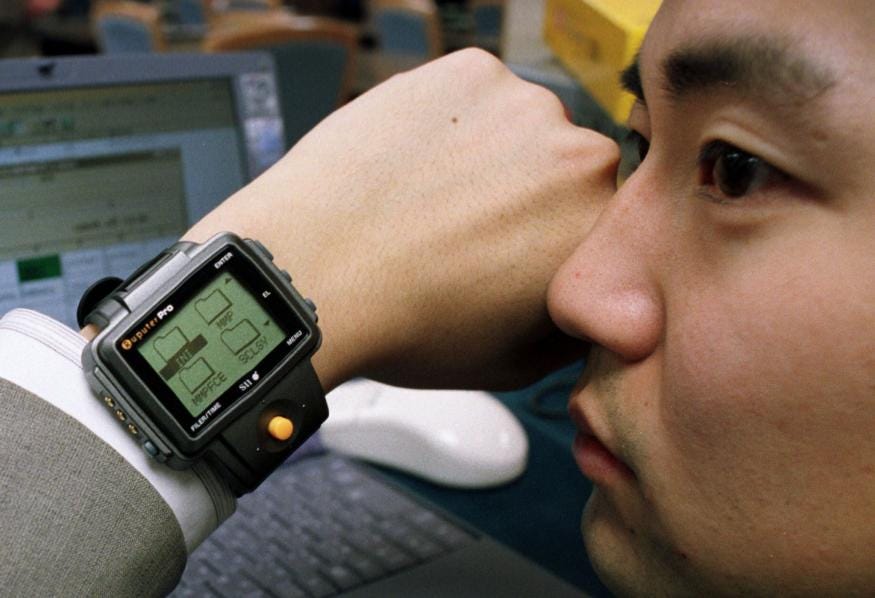
- 1998: 1st smartwatch
- 2010: Fitbit
- 2013: Samsung Galaxy
- 2015: Apple Watch
- 2015: Whoop 1.0
And “smart wearables” have followed a similar path…
- In 1999, two Australian entrepreneurs developed what would become Catapult — the product was commercialized in 2006.
- In 2009, a European soccer club became the first pro team to utilize in-game wearables for measuring player workload.
- In 2012, the Toronto Raptors had the highest rate of player injury in the league so they started using wearables for early signs of soft tissue injury while practicing and playing. In the 2014 season, the Raptors had the least injuries of any team in the league.
And it makes sense…
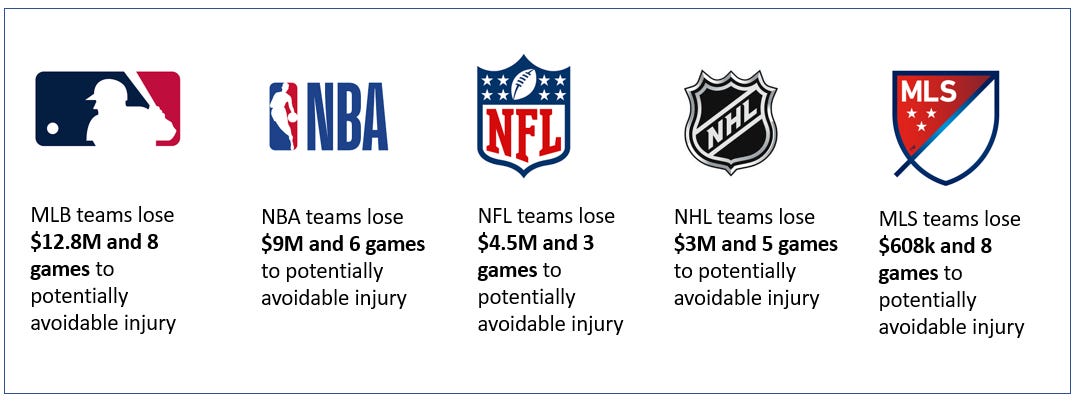
Use Cases of Wearables
The point of wearable technology lies in generating data and analyzing it on the go.
Data generated by sensors is collected and processed in the cloud, and all the insights are available through a user’s software/app.
How’s biometric data used?
- Individual athletes use these findings mainly for performance monitoring and improvement
- sports clubs rely on the data for decision-making and creating training strategies
Let’s look at some of the main technologies and companies involved…
Wearable Technologies for Sports
Thousands of startups have popped up in the space.
If it can be tracked…a device has probably been built.
GPS and LPS
GPS tracking devices are worn by athletes on the upper back in an elasticated bra and communicate with GPS satellites.
This allows these units to calculate athlete speed, acceleration, and distance covered.

Some setups are even starting to use LPS data for real-time media broadcasting of stats and overlays.
The increased accuracy allows teams to use the data for tactical purposes as well as traditional load management.
Major Players: Kinexon, Catapult, StatSports
Heartrate
Heart rate monitors were among the initial wearable technologies available.
By keeping track of how many minutes a player spends in the “red zone” it’s easy to monitor and execute simple training modifications.
Major Players: Polar, Firstbeat
Weight Room
One area of considerable growth over the last 10 years is in body and bar tracking, often called velocity-based training (VBT).
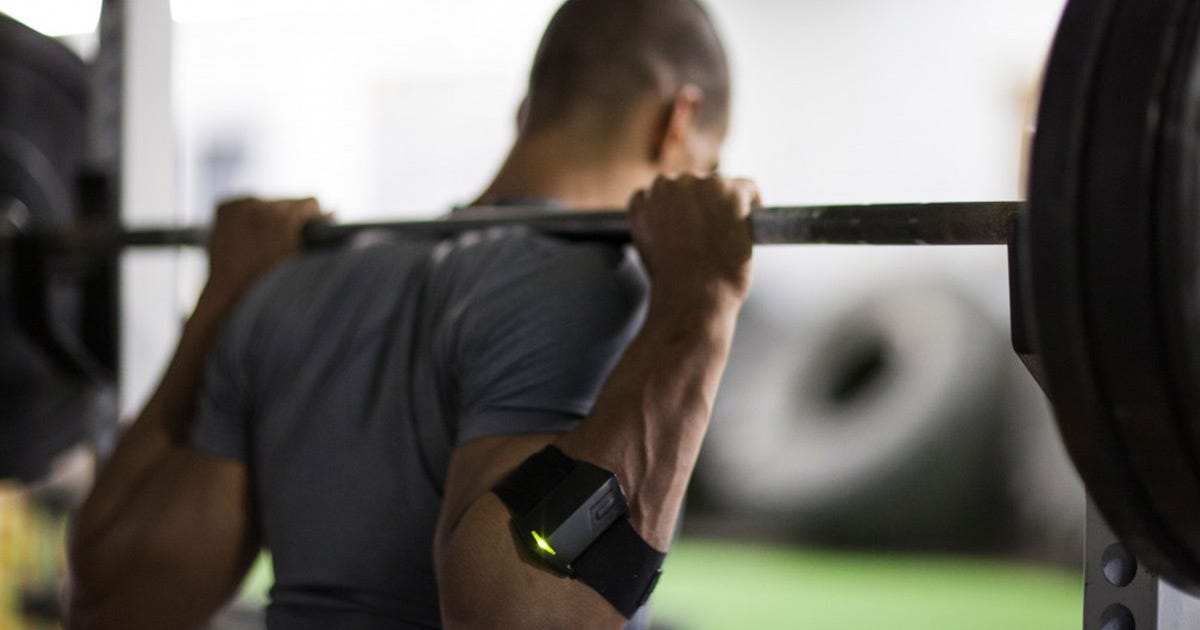
This wearable technology is able to measure the bar/body speed to enhance the quality of training.
Major Players: Train with PUSH, Gym Aware, Beast
Inertial Sensors
In the sporting context, inertial sensors are made up of…
- accelerometers to measure force and acceleration
- a gyroscope to give an indication of rotation
- magnetometer to measure body orientation
One of the most popular uses of inertial sensors is in trying to quantify athlete readiness and fatigue on the field.
Jumping in basketball and tackling in football are examples as well.
Major Players: IMeasureU, XSens
Smart Patches
These are typically patches that can be worn on the body and that are capable of measuring the athletes’ biometric data.
(HR, sweat rate, electrolyte, core body temperature, sodium, potassium, etc).
Major Players: Flowbio, iRythm, BioBeat, Masimo, Nix Biosensors, Vital Connect.
Sleep
Sleep trackers are one of the most widely adopted forms of wearable technology on the market.
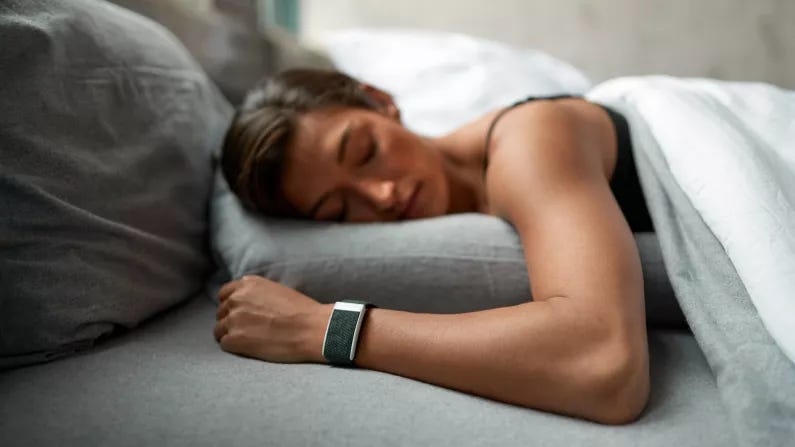
According to SportTechie, Fitbit has gathered one of the largest databases of biometric data in the world over the last decade: 👀
- 102 trillion steps
- 6.5 billion nights of sleep
- 213 billion minutes of exercise
- 116 billion hours of heart rate data
Major Players: Garmin, Fitbit, Whoop, Oura, Beddit
Compression & Clothing
One of the latest technologies is “smart compression & clothing”.
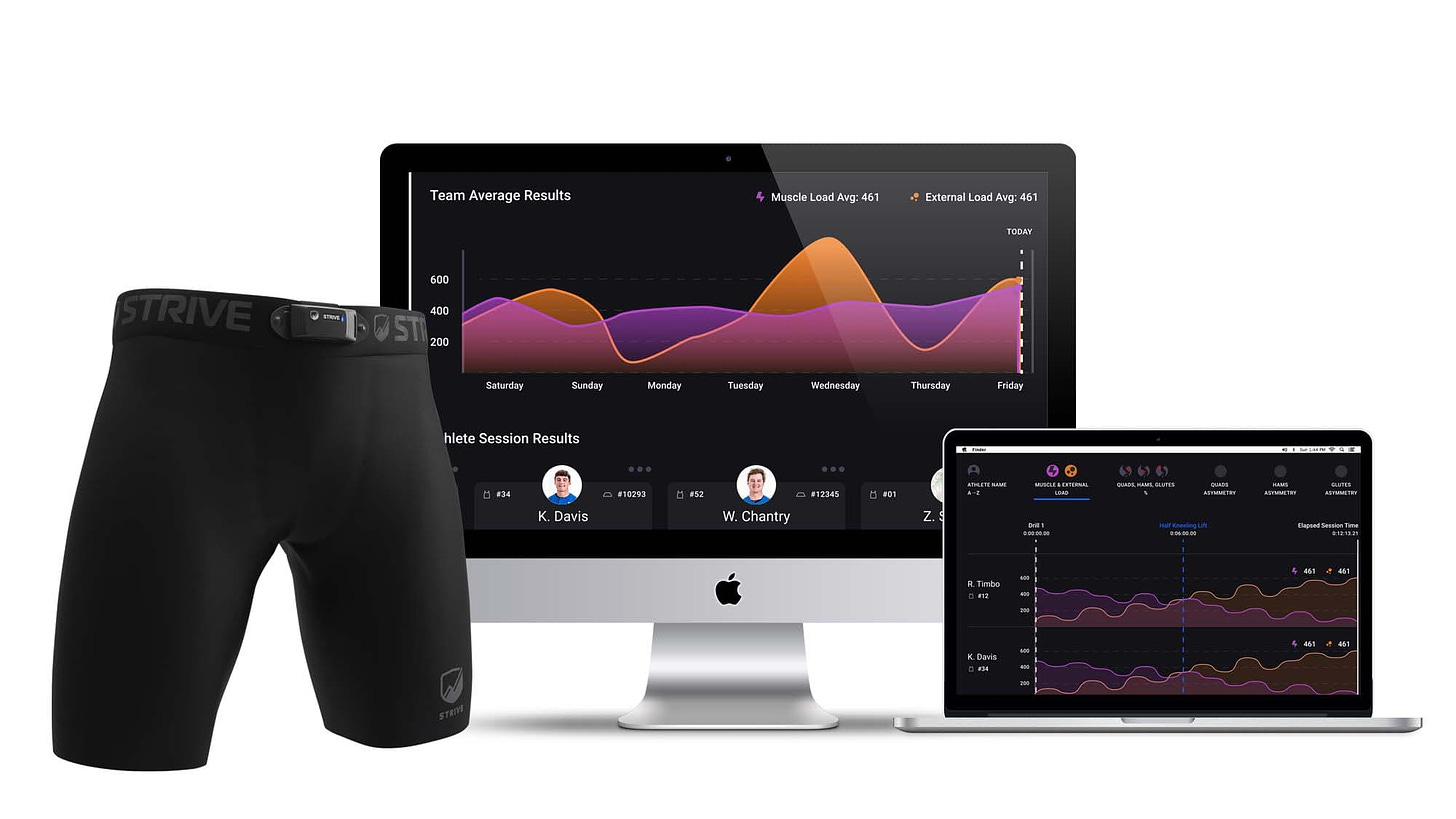
The apparel measures your muscle strain, giving you insights to maximize your performance, recover faster, and minimize injury risk.
Major Players: Hexoskin, Sensoria, Strive, Myontec.
Shoes/Insoles
In a SkyQuest market analysis report they found that ~33% of adults report having heel pain, and up to 75% experience foot pain at some point in their lives.
But smart insoles are still relatively new…
Major Players: Plantiga, IOFIT, Sensoria
Sport Specific
The most popular wearable technologies are available to athletes and the general public.
The next most popular wearable technologies are available to all athletes, clubs, and teams across the world (no matter the sport).
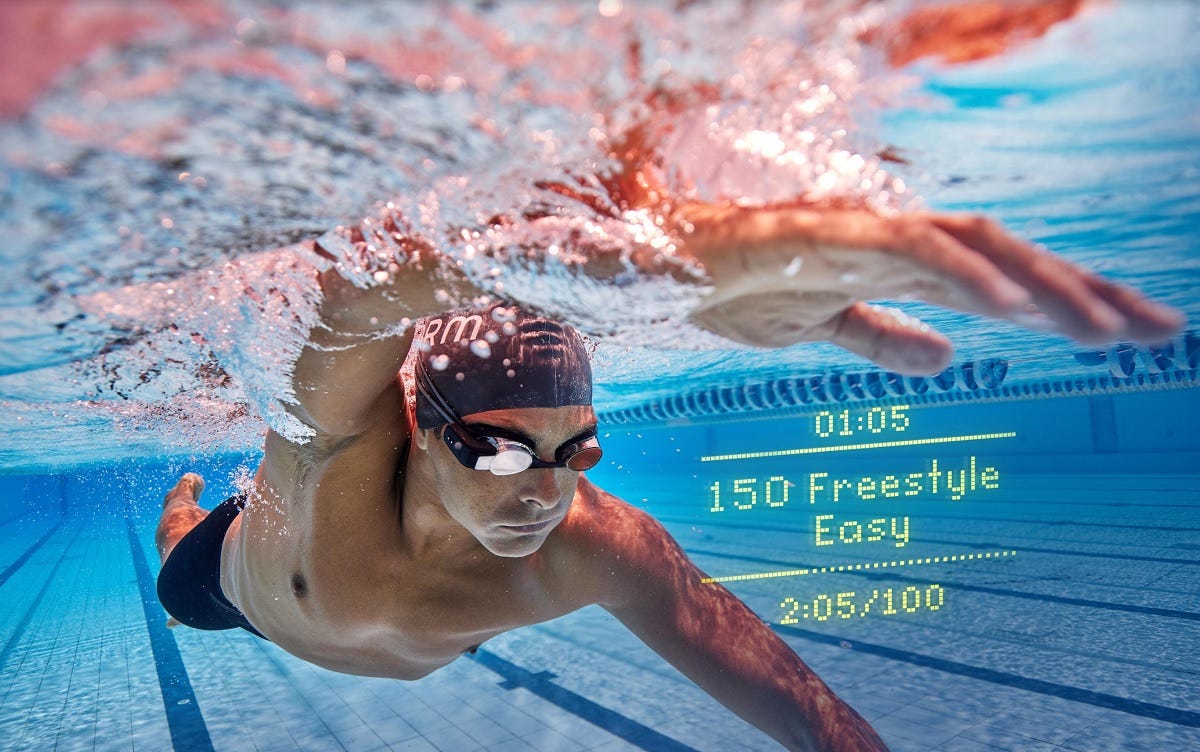
But some technologies have gotten even more niche…
- Baseball bat sensors
- Smart goggles for swimming
- Mouthguards to detect concussions
- Bodysuits to measure oxygen saturation levels and changes in arterial blood pressure
- and many others…
Beyond Sports Wearables
All of the data from these wearables created a gap in the market…
How do you combine the data and insights from separate products in ONE easy-to-use platform?
- sleep
- stress
- injury
- heart rate
- weight room
- in-game stats
- etc…
That’s what’s coming next in the space (and AI will help accelerate this).
Going Forward: Sports Wearables
Only 4 years ago at Boston University, we started using heart monitors at practice.
And in another 4 years, I would expect a large percentage of high schools, prep institutions, and AAU clubs to be using them.
Wearable technology will move downstream (and quicker than you probably think).
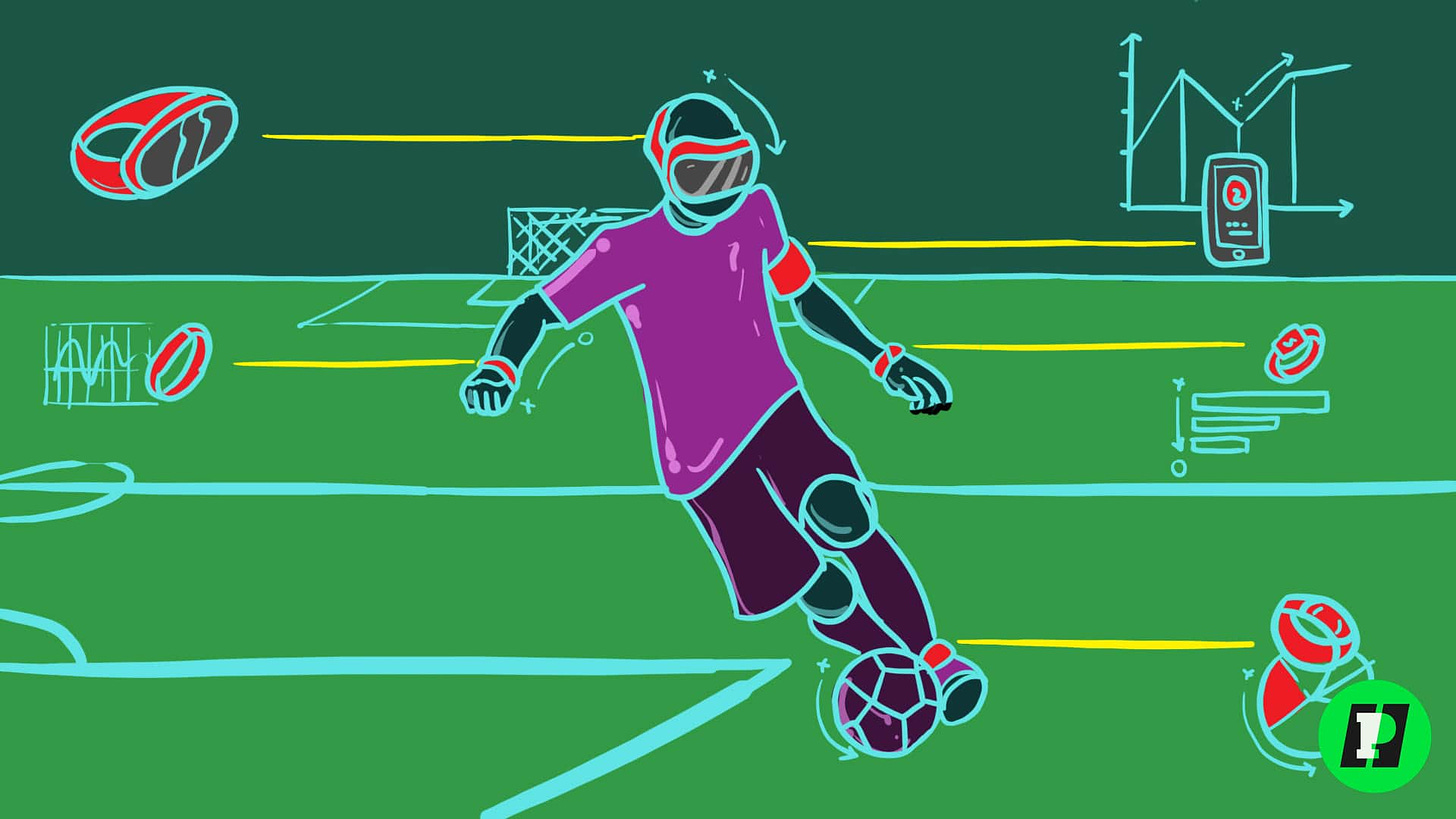
Not only is utilizing wearables a recruiting advantage…
But may also be the difference in spotting injuries earlier and helping athletes reach their full potential.
Any edge on the competition could be worth millions in today’s sports landscape.
I’ll leave you with three questions…
- Is it possible that there are too many wearables and tracking devices?
- Could having too much data on your performance be a negative?
- In the name of “health” — are we fine with these tech companies knowing are location and everything about our bodies?

